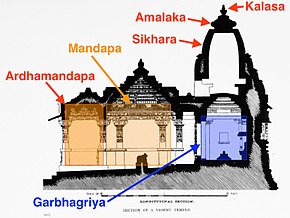A couple of points -
1. From a strictly neutral frame of reference, the Upanishads are not consistent. They were authored by different people at different times, under different circumstances. At least, some of them have been revised by multiple authors until they achieved canonical status. This method is fine for objective, academic study. However, the traditional approach is to always approach texts such as the Upanishads through the lens of a commentator and sub-commentator. For example, an Advaitin will not read/learn an Upanishad by itself, but will learn it with Shankara's commentary and Anandagiri's gloss. Similarly, a Dvaitin will approach the Upanishads with Madhva's commentary and a sub-commentary by Jayatirtha (or some other scholar). Shankara provides a consistent view through his interpretation, Madhva through his, etc. This consistency is not available without commentaries.
2. Specifically on your above comment, one of the methods to bring consistency - across material that appears inconsistent - is Adhyaropa apavada. This is a method used to teach by introducing basic concepts that are subsequently rescinded. The initial set of concepts are a teaching device like training wheels or the shift from perceived geo-centrism to heliocentrism, etc. In the above case, according to Shankara, we begin with a visible, easy to perceive layer and progressively proceed through inner layers to eventually get to Brahman. But Brahman alone is real and the other layers were temporary/transient concepts only meant to lead to the truth and no true in themselves. This is Shankara's adoption of Adhyaropa Apavada - also appearing in other places such as his commentary on the Gita (13th chapter), Brhadaranyaka, etc.
3. Obviously, this interpretation is specific to Shankara. Ramanuja, Madhva, etc., do not treat Koshas as ultimately unreal. In their interpretations, everything is real and continues to be real.

